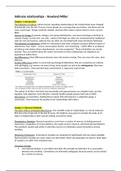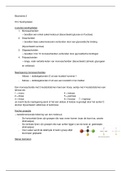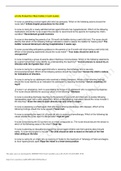Samenvatting
Summary Intimate Relationships - Rowland Miller
- Instelling
- Radboud Universiteit Nijmegen (RU)
Summary of the most important points from the book "Intimate Relationships" from Rowland Miller (7th ed.). Used for the course "interpersonal relationships" at the Radboud University.
[Meer zien]








